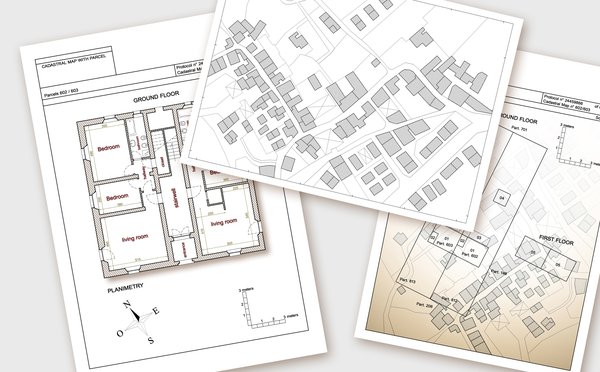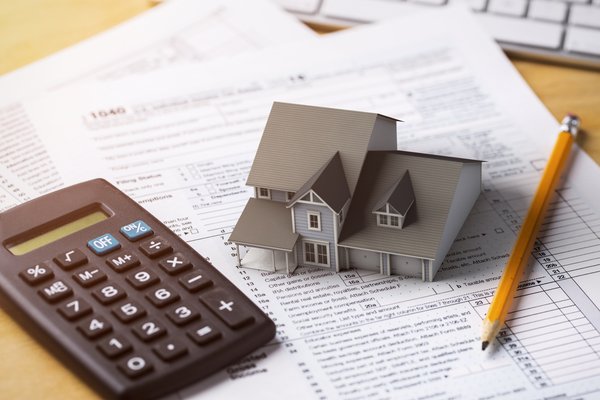Deferred rent refers to situations where the average rent of a lease obligation exceeds the amount that was actually paid. As a basic example, if you agree to pay $1,000 per month to lease an apartment and you only pay $500 this month for whatever reason, it would create a deferred rent situation.
In this article, we’ll discuss in more depth when deferred rent occurs, how it works under modern accounting standards, and some examples of how it might work in the real world.

What is deferred rent?
Deferred rent occurs when the amount of rent expensed by a lessee exceeds the amount they actually paid.
Deferred rent occurs in several different situations in real estate leasing. The most obvious is when a tenant is given free rent for a certain period of time. For example, if a tenant signs a 10-year lease but gets free rent for the first three months, that would be a form of deferred rent. Or, some deferred rent can occur in special situations, such as the COVID-19 pandemic, when many landlords (especially at retail and hospitality properties) allowed tenants to defer rent while properties were shut down.
Another (very common) form of deferred rent occurs when the rent amount of a lease changes over time. For example, if a 10-year lease includes a 2% annual rent escalator, the average monthly rent expense is technically charged in all months of the lease, with deferred rent being recorded in the earlier days when the actual lease payments are less than the overall average. We’ll go through an example of this in the next section.
There are two lease accounting standards that typically apply to deferred rent situations, known as ASC 840 and ASC 842.
Under both ASC 840 and ASC 842, total rent expense is recognized on a straight-line basis throughout the entire lease term, even if the payments vary over time due to deferred rent. In other words, if a tenant signs a lease, they will account for the average lease payment throughout the entire lease term, even if it isn’t what they actually paid. When the actual cash paid is less than the recorded rent expense, deferred rent builds on the balance sheet. Conversely, when the actual cash paid is greater than the recorded rent expense, the deferred rent expense will decline. When the lessee records rent, they account for the difference between the recognized rent and the actual amount paid with deferred rent. At the time of a lease’s maturity, the cumulative amount of deferred rent should be zero.
Examples of deferred rent
Let’s consider an example of a commercial property lease. A lessee signs a five-year lease on a property with an initial rent of $60,000 per year ($5,000 per month). There is an escalator in the lease that raises the rent by 2% per year.
Based on this information, the total lease payments over the five-year term will be $312,242, and the amount is required to be recorded on a straight-line basis, which works out to $62,448 per year. So, the amount of deferred rent in the first year would be this amount minus the actual cash rent collected, or $60,000, assuming the tenant made all of their payments on time. This works out to $2,448 in deferred rent.
ASC 842 also requires the recognition of the rent expense by lessees on a straight-line basis. The biggest change is that operating leases are required to be recorded on the balance sheet of lessees under ASC 842, and the deferred rent account used under ASC 840 is eliminated under ASC 842. However, it is still reflected on a company’s books as net activity in the lease liability and right-of-use section of the balance sheet.
For another example, let’s say that you lease an apartment for $2,000 per month, with the first month’s rent free. Since you’re only paying rent for 11 months, the total you pay will be $22,000. Averaged throughout the 12-month lease term, you have an average monthly rental obligation of $1,833. In the first month, under ASC 840 or 842 standards, you would record a deferred rent liability of $1,833. However, as you make $2,000 rent payments in subsequent months, your deferred rent will decline over time by $167 per month, the difference between your payments and the average.
Related investing topics
Why is deferred rent important?
Deferred rent and related concepts, such as lease liabilities and right-of-use, are important to understand when analyzing the financial condition of public and private companies. In some cases, deferred rent could appear to be a liability on the balance sheet even though a lessee is making payments as agreed, so it’s important to understand exactly what you’re looking at.






















